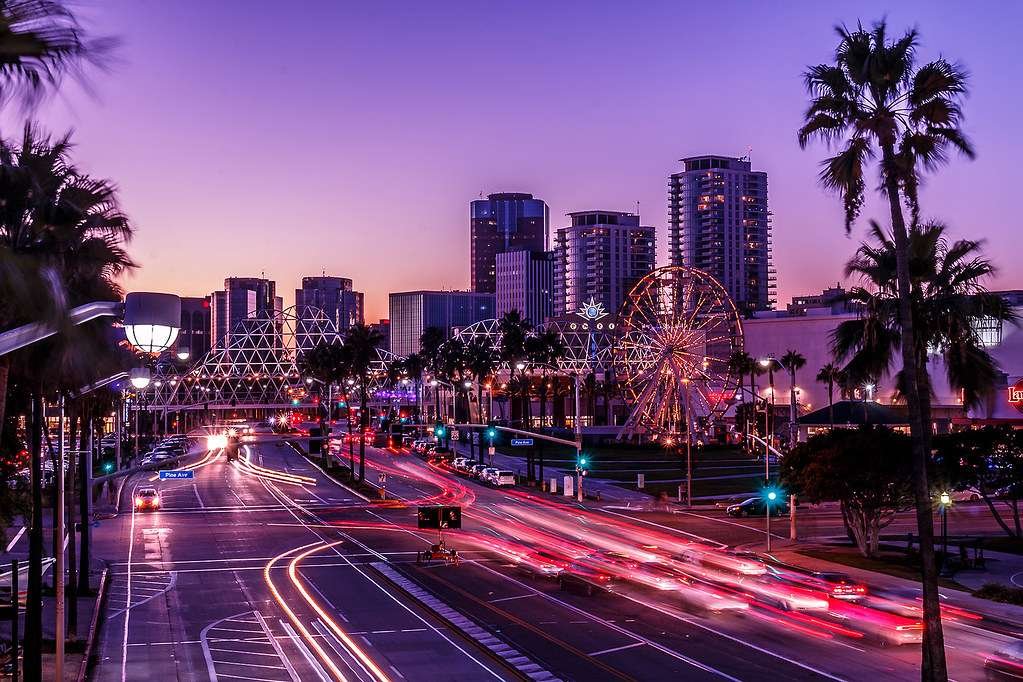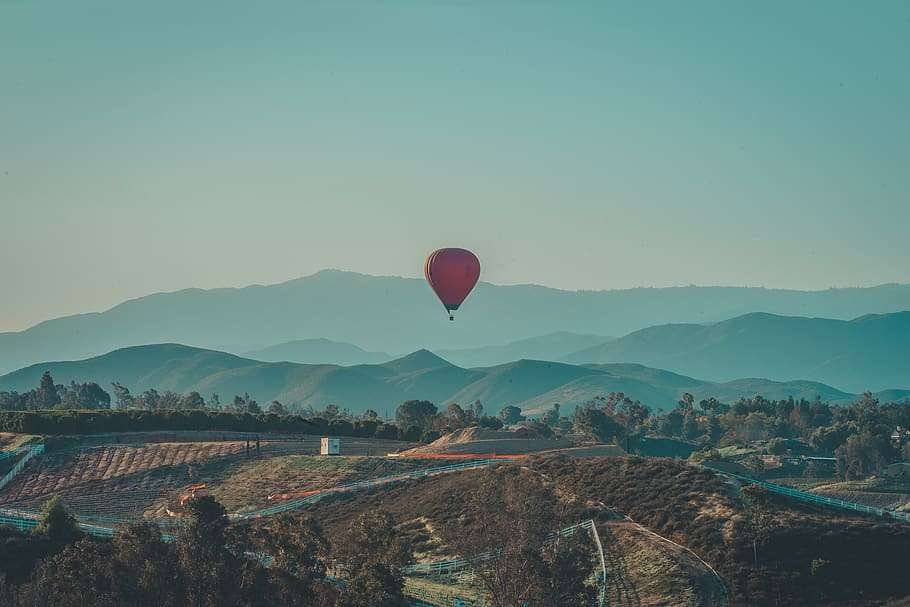The Northern Lights, also known scientifically as the aurora borealis, are dazzling displays of light in the night sky. These mesmerizing phenomena occur mostly in the high-latitude regions around the Arctic. They appear as vibrant curtains, streaks, or spirals dancing across the sky in colors like green, purple, and red. This celestial ballet is caused by collisions between energetic particles from the sun and Earth’s atmosphere. We can enjoy this beauty from certain places. Here, we are discussing some best time and place to see the northern lights.
Tromsø, Norway
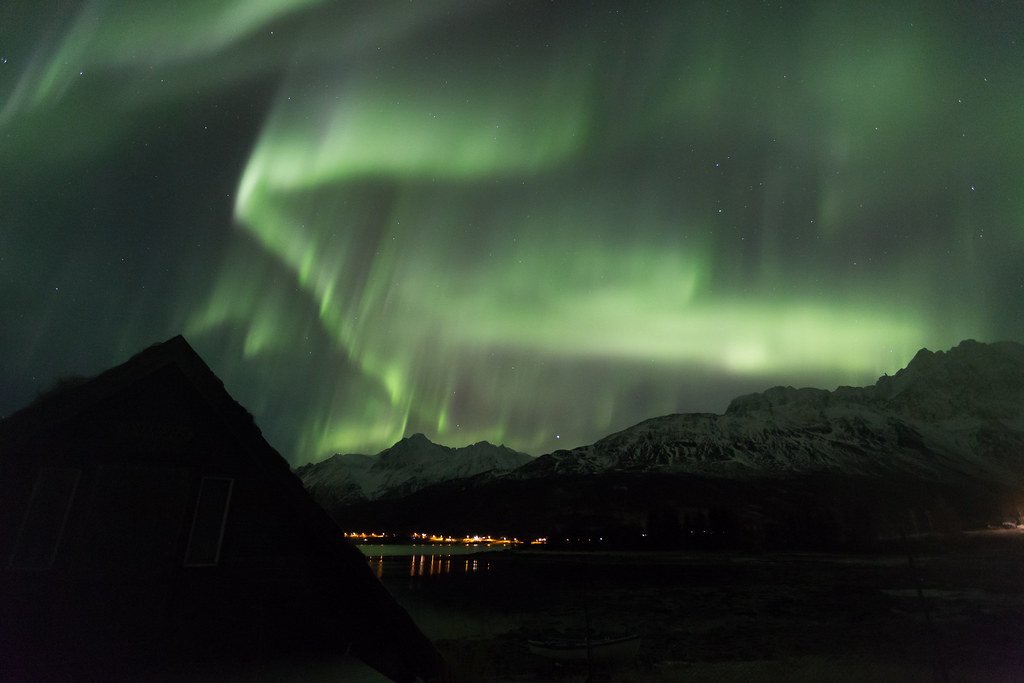
Tromsø, Norway, holds a strong claim to being the best place to experience the Northern Lights, and here’s why: Tromsø sits right below the auroral oval, the zone where the Northern Lights most frequently appear. This geographic bullseye significantly increases your chances of witnessing a light show. Due to its far north location, Tromsø enjoys long stretches of darkness during the winter months, from late September to mid-April. This extended night sky offers more opportunities to catch the aurora borealis.Compared to other Arctic regions, Tromsø experiences milder weather conditions. This translates to more comfortable viewing experiences and a better chance of clear skies for optimal aurora spotting. Tromsø caters to aurora borealis tourism. Many tour operators offer guided trips to prime viewing locations outside the city lights, where darkness is deeper, and the light shows even more spectacular.
Best Time:
To maximize your chances of witnessing this outstanding light show, aim for the nighttime hours between 6:00 pm and 2:00 am. This timeframe confirms the peak activity periods of the aurora borealis and provides the darkest skies for optimal viewing.
Swedish, Lapland
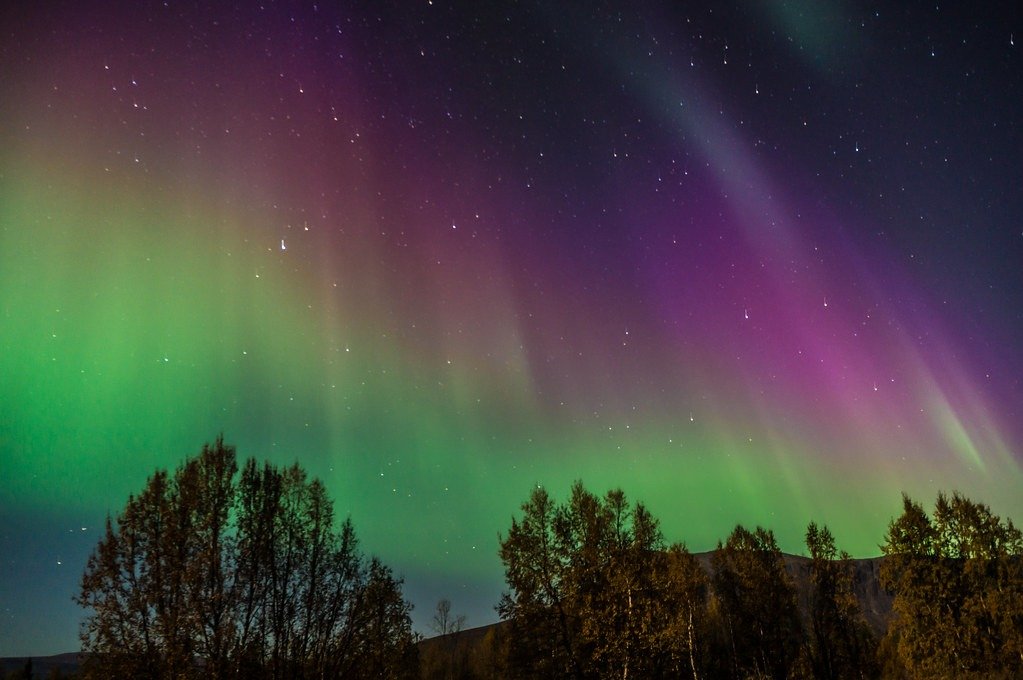
Swedish Lapland offers a prime location for viewing the Northern Lights (aurora borealis) for several reasons: It sits directly under the Aurora Oval, a zone where auroras are most frequent. Abisko National Park, a prime spot in Swedish Lapland, benefits from a rain shadow effect, leading to drier conditions and statistically clearer nights. The remote location minimizes artificial light interference, allowing for a better view of the faint aurora.
Best Time:
Since the aurora borealis is faint compared to sunlight, darkness is essential for visibility. Aim for evenings between September and late March when Swedish Lapland experiences extended periods of darkness. Statistically, auroral activity tends to be strongest between 10 pm and 2 am. So, plan your nighttime excursions or stay awake during this window to maximize your odds of seeing the lights dance across the sky.
Reykjavík, Iceland
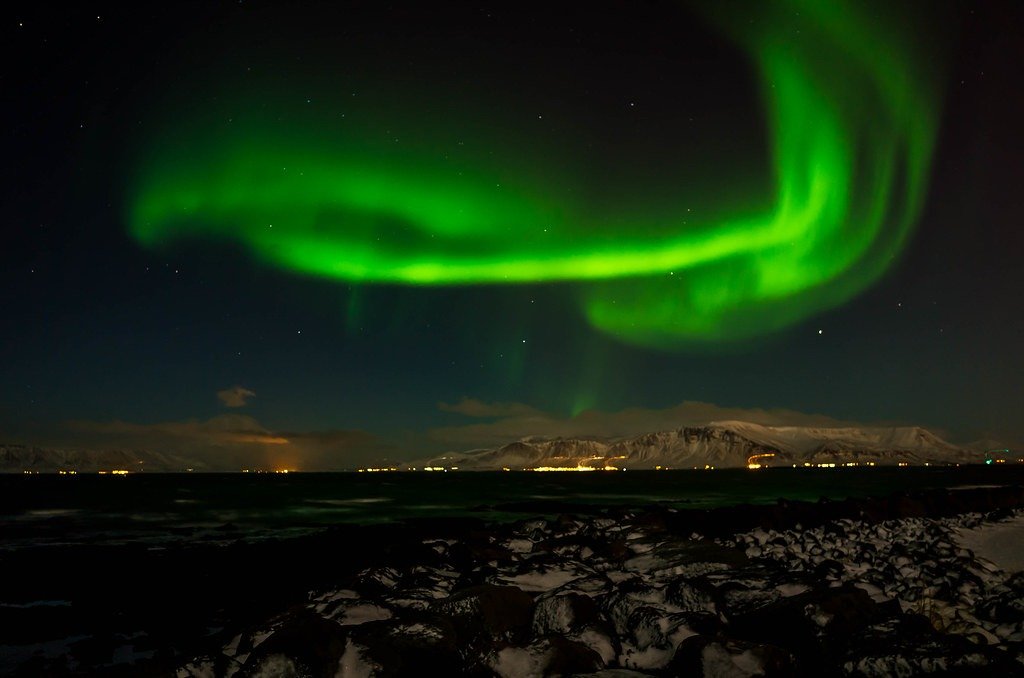
Reykjavík ticks all the boxes for an incredible Northern Lights adventure. Here’s why: Sitting pretty close to the Arctic Circle, Iceland’s capital falls within the auroral oval, a zone known for frequent and vibrant Aurora Borealis displays. From September to April, Iceland experiences extended darkness, giving you ample opportunity to witness the light show. Imagine the sky unfurling for hours, primed for an ethereal light display.
Best time:
While you might still catch a glimpse of the aurora borealis in early April, the best time to enjoy the northern lights in Reykjavik, Iceland, is between late September and March. This period offers the longest stretches of darkness, which increases your chances of witnessing this spectacular natural phenomenon.
Fairbanks, Alaska
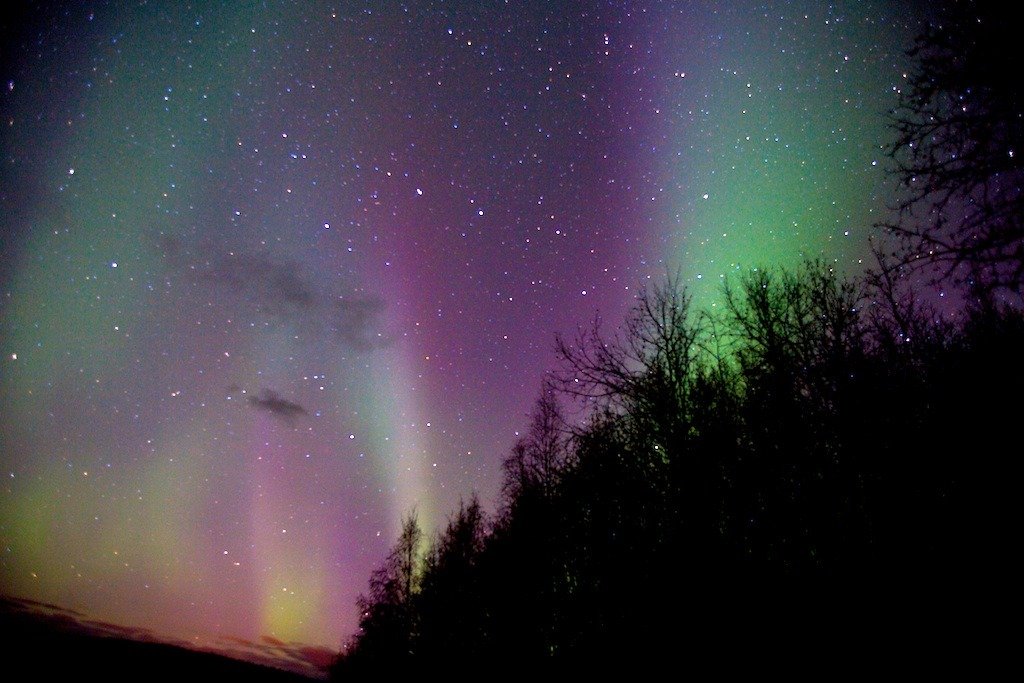
Fairbanks, Alaska, stands out as a prime location for enjoying the Northern Lights for several reasons. First, it sits directly underneath the Auroral Oval, a zone encircling the Arctic where the Northern Lights are most frequently visible. This positioning significantly increases your chances of witnessing a spectacular light show. Second, the Alaskan interior, where Fairbanks resides, experiences drier conditions compared to coastal areas. This translates to fewer clouds and clearer skies, offering an unobstructed view of the aurora borealis when it erupts.
Best time:
The best time to enjoy the Northern Lights in Fairbanks, Alaska, stretches from late August to April, encompassing the entirety of the aurora season. While technically visible throughout the night, auroral activity is often strongest between 10 pm and 2 am. So plan your nighttime adventures or stay awake during this window to improve your odds of seeing the lights dance across the sky.
Related: THE BEST TIMES TO VISIT ALASKA
Yellowknife, Northwest Territories, Canada

Yellowknife is located in Canada’s Northwest Territories, which stands out as a premier destination for witnessing the Northern Lights due to a confluence of factors: It is located in the middle of the Auroral Oval, a ring-shaped zone encircling the Arctic where the Northern Lights are most concentrated. This prime location provides an exceptionally high chance of experiencing an unforgettable light show. Yellowknife boasts a subarctic climate with minimal precipitation. This dryness translates to fewer clouds and skies with exceptional clarity, offering an unobstructed view of the aurora borealis when it paints the night sky.
Best time:
While technically visible throughout the night, auroral activity is often strongest between 10 pm and 2 am. Plan your nighttime adventures or stay awake during this window to maximize your chances of seeing the light show.
Rovaniemi Finnish Lapland
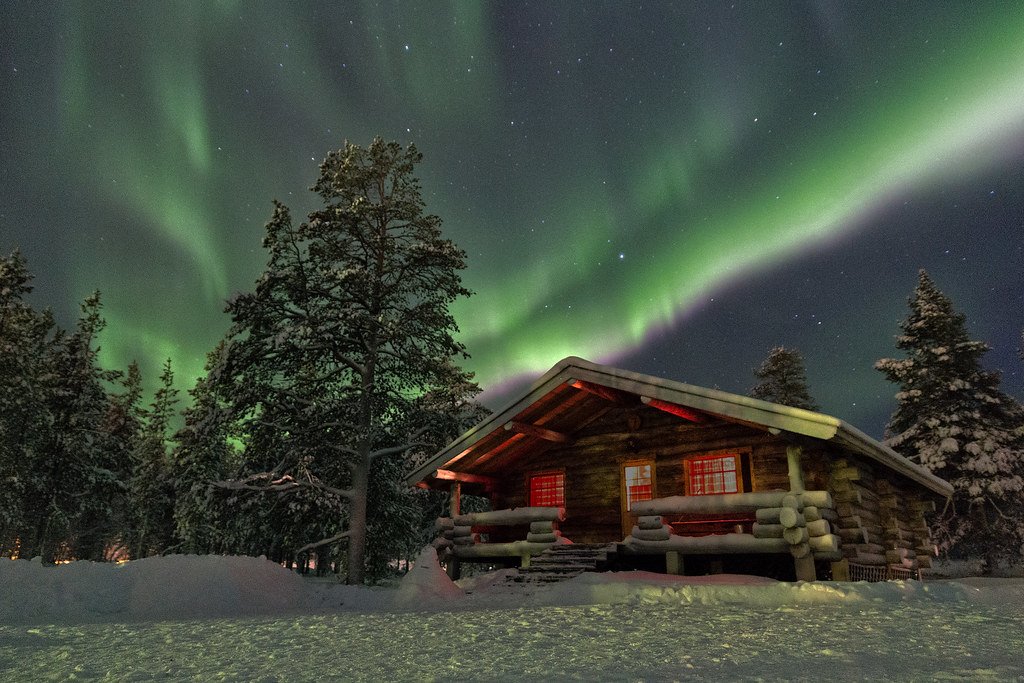
Rovaniemi in Finnish Lapland is a special place for Northern Lights enthusiasts for several reasons: Crucially, Rovaniemi is located above the Arctic Circle at a latitude of over 66 degrees north. This positioning places it directly beneath the Auroral Oval which is a zone where the Northern Lights are most frequently visible due to the Earth’s magnetic field. A bonus of visiting Rovaniemi during the Northern Lights season is the opportunity to combine aurora chasing with quintessential winter activities. Imagine dog sledding or snowshoeing under a sky potentially illuminated by a dazzling light show!
Best time:
The best time to enjoy the Northern Lights in Rovaniemi, Finnish Lapland is during the aurora season, which runs from late August to early April. While technically visible throughout the night, auroral activity is often strongest between 10 pm and 2 am. So plan your nighttime adventures or stay awake during this window to improve your odds of seeing the lights dance across the sky.
Ilulissat, Greenland
While Ilulissat, Greenland, boasts undeniable beauty, there are better locations for viewing the Northern Lights. Here’s why: Unlike other popular destinations mentioned earlier, Ilulissat sits south of the Arctic Circle at around 69 degrees north latitude. The Auroral Oval, the zone with the highest frequency of Northern Lights displays, is situated further north. This southern positioning reduces the likelihood of witnessing the aurora borealis in Ilulissat compared to locations like Yellowknife or Rovaniemi.
Best Time:
Technically, the Northern Lights can be seen from September to April, but sightings would likely be infrequent and faint compared to locations directly under the Auroral Oval.
Svalbard, Norway
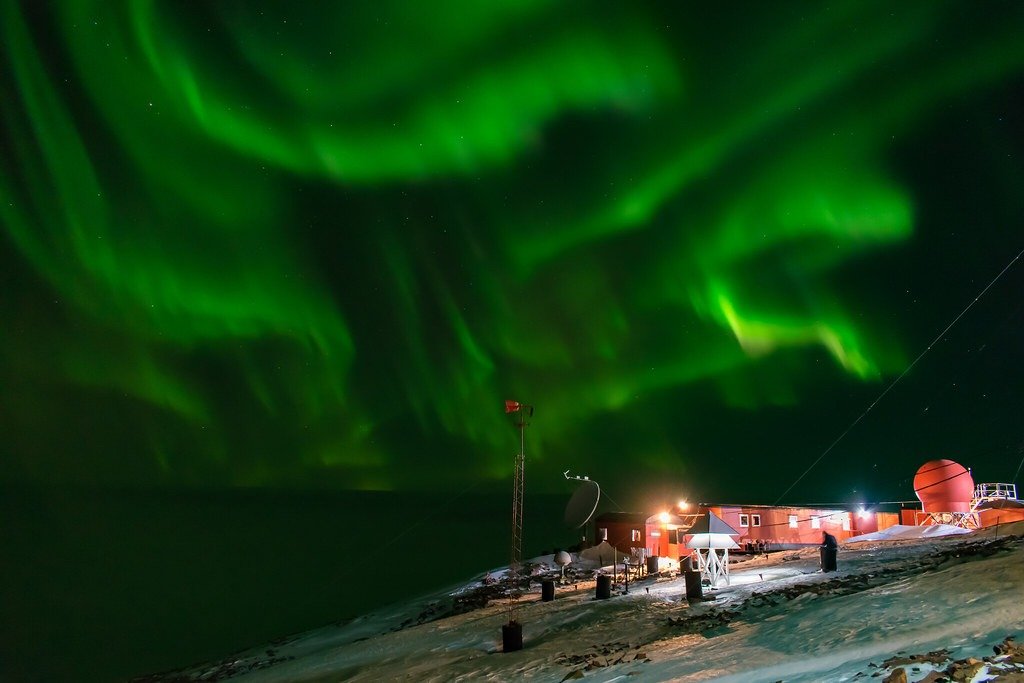
Svalbard, Norway, emerges as a unique destination for enjoying the Northern Lights due to several compelling factors: Svalbard boasts a location unlike any other on this list. This archipelago sits much farther north than most popular aurora viewing spots, at a latitude exceeding 78 degrees north. This places it smack dab in the prime auroral zone, the area where the Northern Lights are most frequent and vibrant. Similar to other destinations, Svalbard offers extended periods of darkness during the winter months (September to April). This extended nighttime window significantly increases your chances of catching an auroral show.
Best time:
Due to the unpredictable nature of the natural phenomena known as the Northern Lights, seeing them is never assured. Even during the prime season, there might be nights with low auroral activity. However, by following these recommendations, you’ll significantly increase your chances of experiencing this awe-inspiring spectacle in Svalbard.
Churchill, Canada
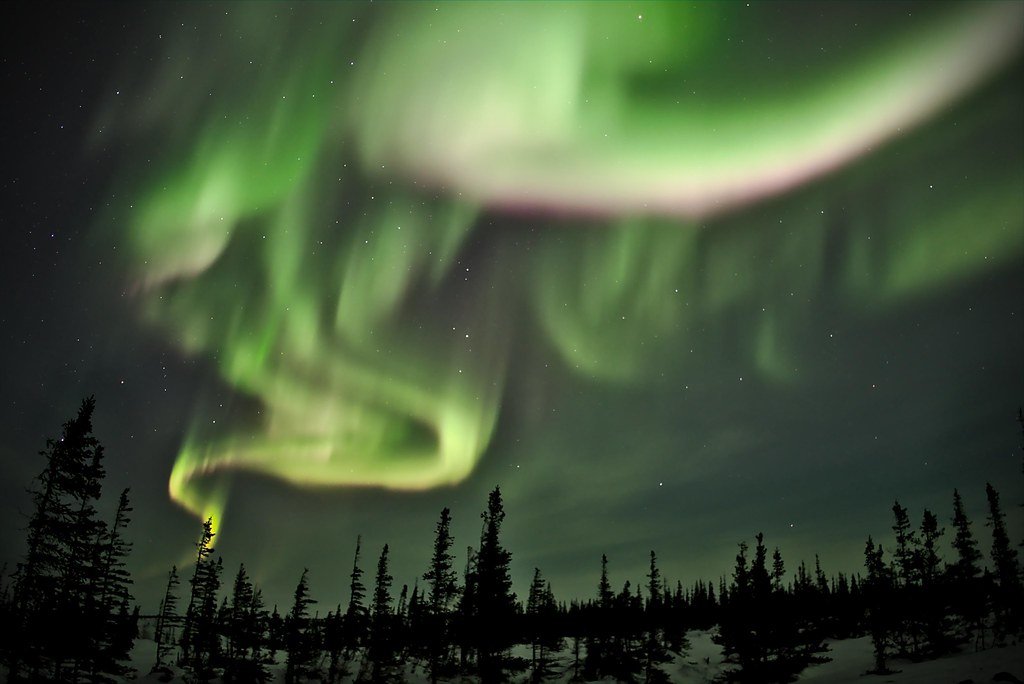
Churchill, Manitoba, Canada, stands out as a prime location for enjoying the Northern Lights for several reasons: Churchill sits directly beneath the Auroral Oval, a ring-shaped zone encircling the Arctic where the Northern Lights are most concentrated. This prime location translates to an exceptionally high chance of experiencing a dazzling light show. Similar to other high-latitude destinations, Churchill boasts long periods of darkness, particularly during the winter months (September to April). This extended nighttime period provides ample opportunity to witness the Northern Lights, as their subtle colors are best seen in the absence of sunlight.
Best time:
Churchill boasts long stretches of darkness, particularly during the winter months (September to April). This extended period provides ample opportunity to witness the Northern Lights, as their faint glow is best seen in the absence of sunlight. In fact, compared to many other locations, Churchill experiences darkness ideal for aurora viewing for a significant chunk of the year.
Orkney, Scotland
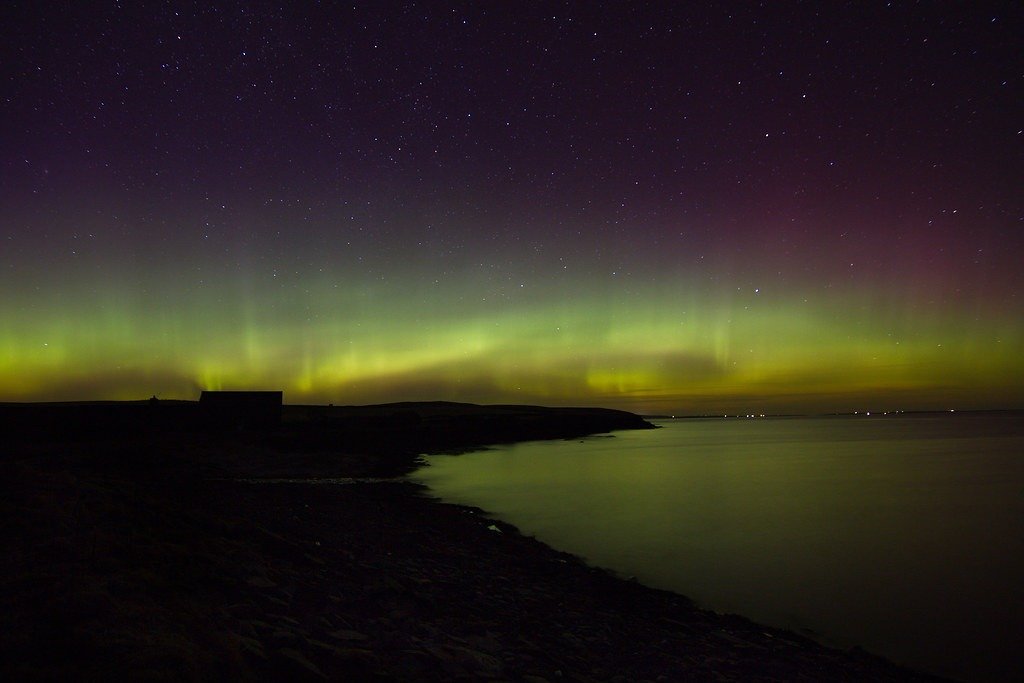
Orkney, Scotland, offers a unique and charming location for enjoying the Northern Lights, though it could be better compared to some destinations further north. Here’s why it has some advantages: While not directly under the Auroral Oval, Orkney sits at a more northerly latitude than many parts of the UK. This means there’s a chance of witnessing the Northern Lights, though sightings might be less frequent compared to areas bang in the prime zone. Due to its position further south of the Auroral Oval, sightings of the Northern Lights in Orkney might be less frequent and vibrant compared to locations like Iceland or Norway.
Best time:
Similar to other higher-latitude locations, the season for potential sightings stretches from late September to March. During this period, the nights are longer and darker, which is crucial for seeing the faint aurora borealis.
